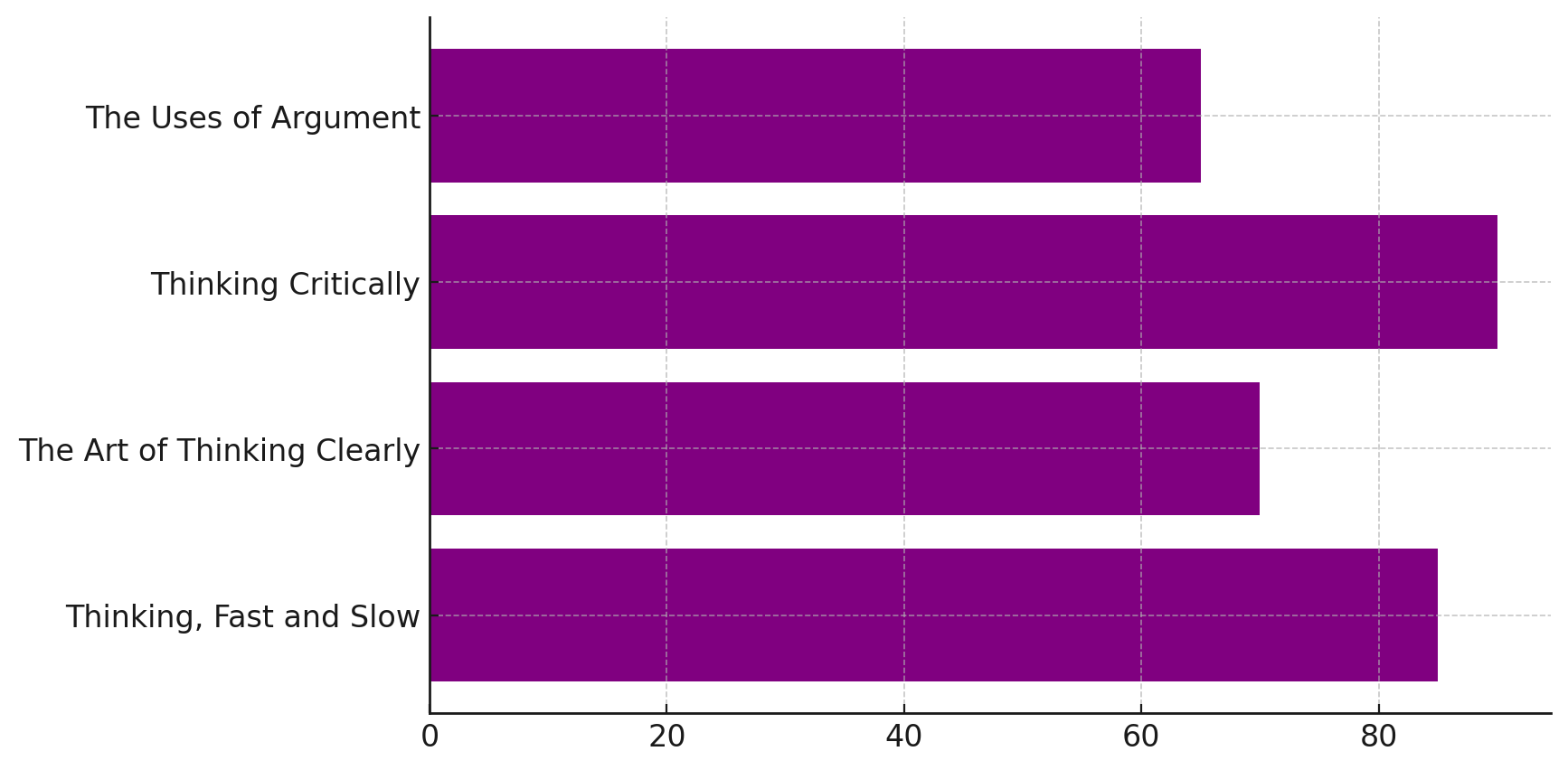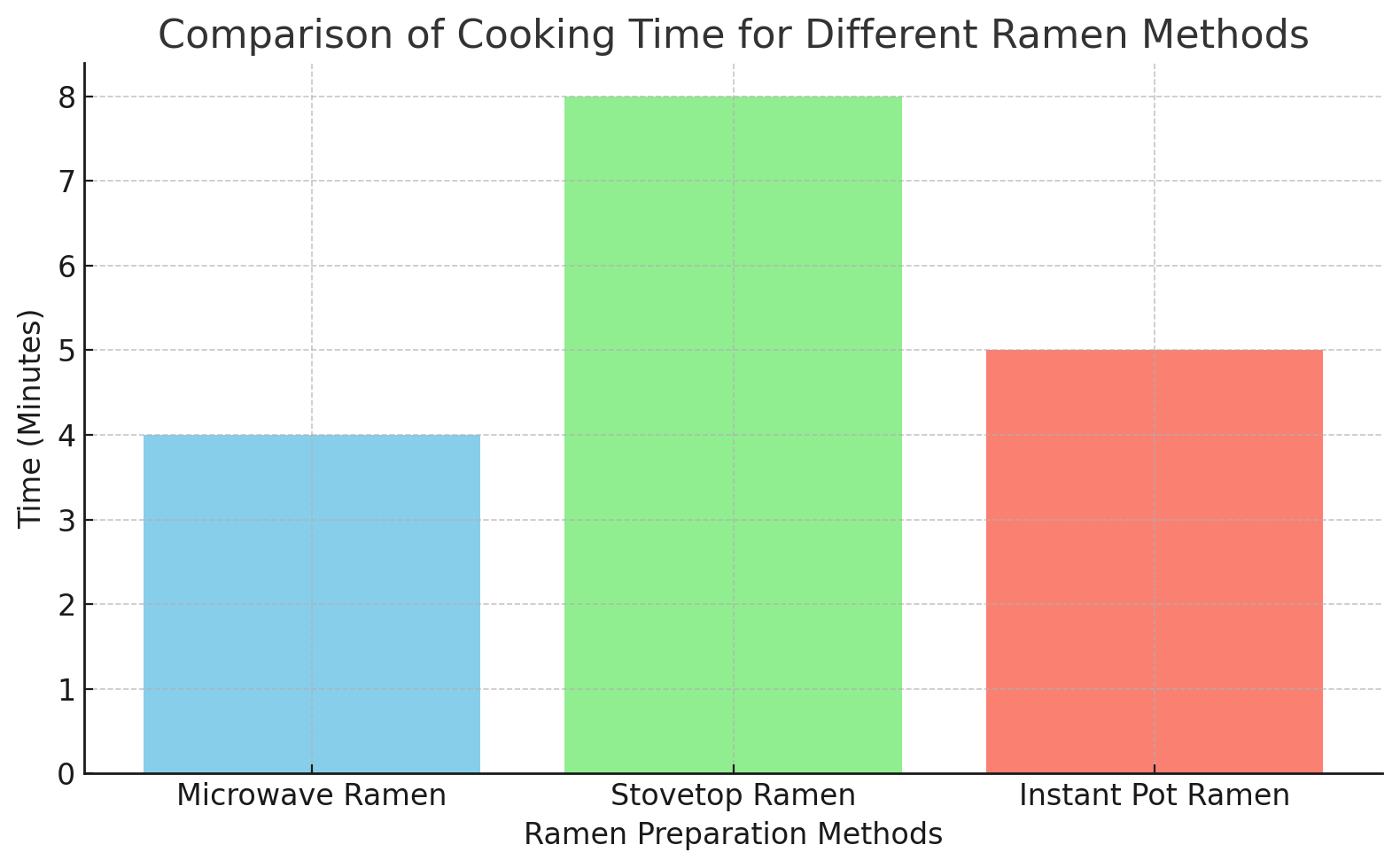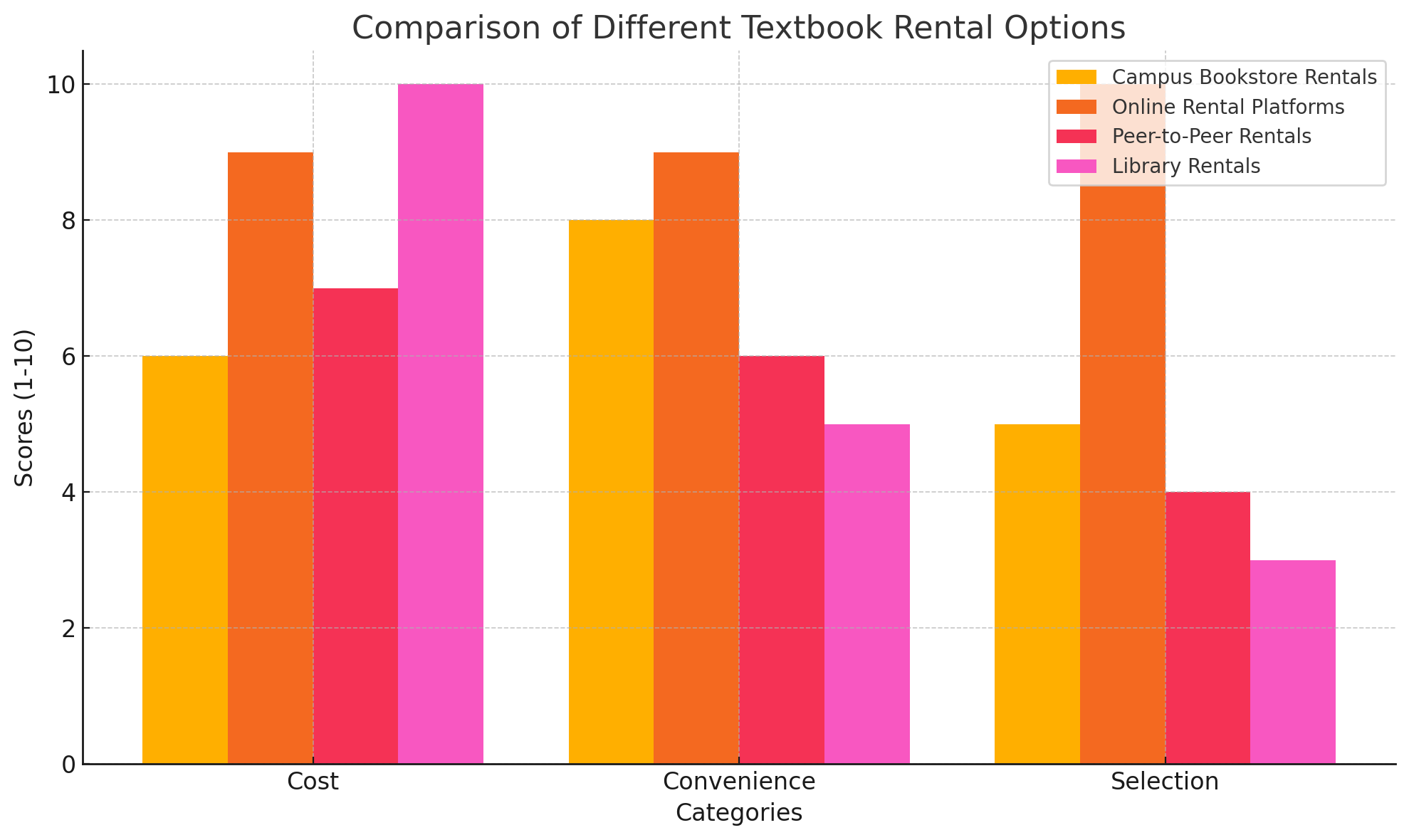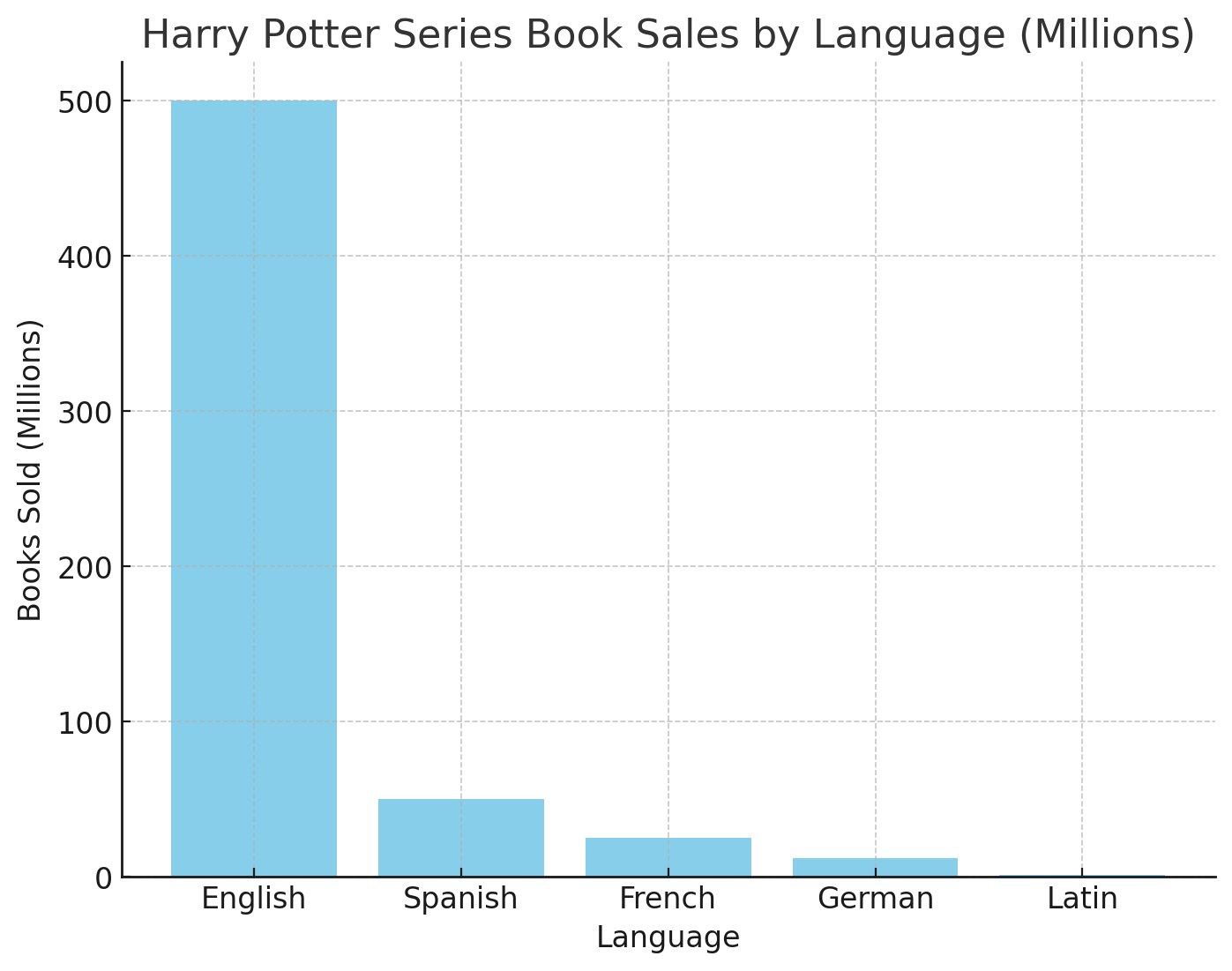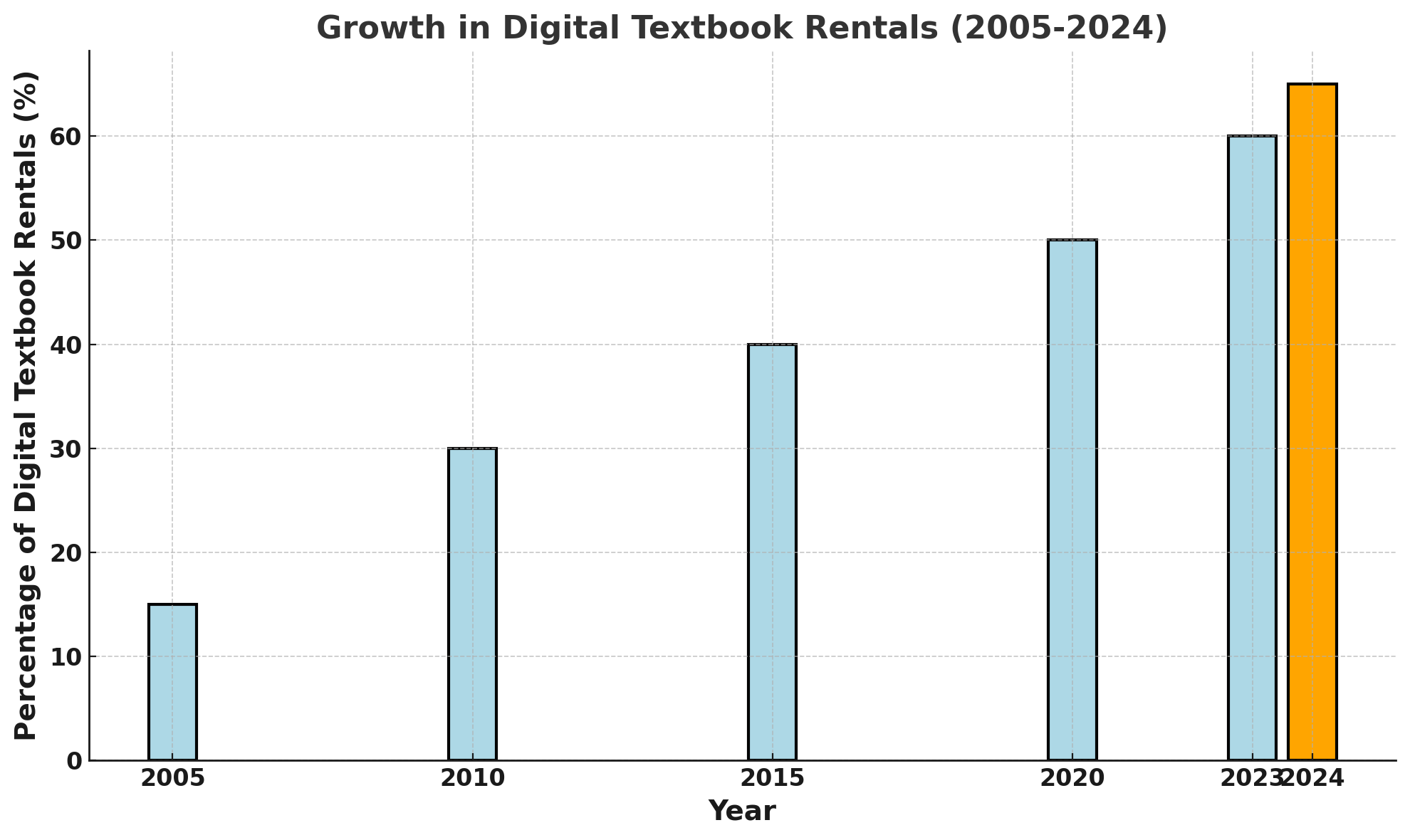The textbook enterprise is rapidly changing, moving from physical textbooks to digital options. As the cost of traditional textbooks keeps bouncing, students and educational establishments are increasingly turning to textbook apartment applications. With the introduced comfort, flexibility, and cost-effectiveness, those packages reshape how students enter course substances, signaling the destiny of educational mastery.
Introduction
Textbooks have been an imperative part of education for hundreds of years. Yet, with the advent of virtual technology and the growing fee of conventional textbooks, textbook apartment programs have developed to satisfy cutting-edge college students' needs. From bodily e-book rentals to subscription-based right of entry to a considerable digital content material library, these packages offer cost-saving alternatives to college students and institutions alike. As the education landscape continues to conform, textbook condominium applications preserve tempo by adapting and imparting more progressive solutions.
“Education is the most powerful weapon you can use to change the world.” – Nelson Mandela.
The Evolution of Textbook Rental Programs
The Shift from Physical to Digital Rentals
Physical textbooks have been the cornerstone of learning. However, virtual textbooks have gained popularity since the early 2000s. One of the most significant drivers behind this shift was the rising price of printed substances. For college students, textbooks can frequently cost more than $100 each. Renting or having access to virtual versions of textbooks gives significant financial savings.
Arnold Schwarzenegger's initiative to introduce available, open-source textbooks in California advocated this shift to virtual codecs. With the growing integration of smartphones, drugs, and laptops into everyday life, virtual textbooks are now available from simply anywhere, supplying a greater handy opportunity to bulky physical books.
"The best education doesn't always come from books but learning how to learn."
Subscription Services and Their Impact
Subscription-based totally textbook condo packages have taken things a step in addition. Instead of buying character books, students can now pay a hard and fast fee to get the right to enter a whole library of textbooks. This model offers tremendous flexibility, especially for students enrolled in more than one guide, allowing them to explore a broader range of materials for a fragment of the price.
Cengage, a frontrunner in the schooling area, released a subscription carrier allowing college students to access various textbooks for a monthly or yearly price. This pass revolutionized the condominium enterprise, permitting college students to be admitted to explore route materials at a lower cost.
“Education is not the filling of a pail, but the lighting of a fire.” – W.B. Yeats.
Challenges of Integrating Digital Learning Resources
With the upward push of digital textbooks, interactive knowledge has become a critical educational fashion. However, integrating interactive materials into the school room presents its challenges. Educators face troubles in course design, assessing students in interactive studying surroundings, and maintaining students targeted amidst distractions like motion pictures and 3D elements.
Rutgers University has stated that instructors regularly conflict to control discussions while college students engage with interactive materials. Additionally, even as these assets provide progressive methods to enhance knowledge, they now and then pose distractions, mainly for students with little experience using technology.
"Tell me, and I forget. Teach me, and I remember. Involve me, and I learn." – Benjamin Franklin.
Major Textbook Rental Companies and Their Innovations
Chegg: A Pioneer in Textbook Rentals
Chegg, founded in 2005, is a pioneer in the textbook condo market. By permitting college students to lease books at a fraction of the cost of buying them, Chegg quickly gained traction. Over the years, Chegg has multiplied its services, from past leases to digital textbooks, homework help, and more.
With over 3.9 million subscribers by 2019, Chegg's achievement underscores the developing demand for affordable and convenient educational resources. They provide both physical leases and digital versions of textbooks, permitting college students the choice to select whichever medium best suits their needs.
“An investment in knowledge pays the best interest.” – Benjamin Franklin
Amazon’s Entry into the Market
Amazon entered the textbook apartment market in 2012, presenting a carrier like Chegg’s. The large e-trade gives free delivery and hassle-unfastened returns, making it a student-preferred. Amazon additionally allows college students the power to buy textbooks on the give up of the apartment period if they pick to hold the fabric for destiny use.
The integration of Amazon’s large digital infrastructure allows college students to access a wide range of physical and digital books, catering to diverse interests.
“Knowledge is power. Information is liberating.” – Kofi Annan
Challenges of Textbook Rental Services
While renting textbooks offers massive cost savings, it comes with a few drawbacks. Students who rent textbooks may additionally incur late charges if they fail to return them on time, and they can’t resell rented books to recoup any fees. Moreover, textbooks that stay applicable for multiple semesters can also become more expensive if rented repeatedly.
“Education is the passport to the future, for tomorrow belongs to those who prepare for it today.” – Malcolm X.
Overview of Textbook Rental Program Evolution
|
Year |
Percentage of Digital Textbook Use (%) |
Textbook Rental Market Value ($ Billion) |
Average Textbook Cost ($) |
|
2005 |
15 |
2.3 |
105 |
|
2010 |
30 |
3.7 |
120 |
|
2020 |
50 |
5.6 |
140 |
|
2023 2024 |
60 65 |
7.1 7.8 |
150 155
|
Growth in Digital Textbook Rentals (2005-2024)
This bar chart shows the increasing trend in digital textbook rentals from 2005 to 2023.
Cost Comparison: Buying vs Renting Textbooks
This pie chart illustrates the cost differences between buying and renting textbooks over a typical college semester.
Subscription vs One-Time Rentals (2015-2024)
This line graph highlights the rise of subscription-based services compared to traditional one-time textbook rentals.
Key Takeaways
- Cost-effectiveness: Renting textbooks is way cheaper than purchasing bodily copies.
- Digital Textbooks: The shift from bodily to virtual rentals gives students comfort and adaptability.
- Subscription Models: Subscription services offer admission to an enormous library of textbooks, providing greater flexibility.
- Challenges: Despite its advantages, textbook rentals need help, including late fees, damage costs, and the incapability to resell rented books.
- Eco-pleasant: The shift closer to virtual and condominium models reduces the environmental impact of manufacturing physical textbooks.
Conclusion
Textbook apartment programs have evolved drastically, supplying college students with bendy, price-effective, and greenways to enter learning materials. By integrating virtual alternatives, subscription fashions, and peer-to-peer sharing, these packages conform to the changing needs of college students and educators alike. As the training zone leans similarly into digitalization, textbook rentals will probably play an increasing number of crucial positions in making training more reachable and low-cost.
Source Links
- Student Spending on College Course Materials Continues to Decline.
- Revenue for Employer Firms from Textbook Rentals.

